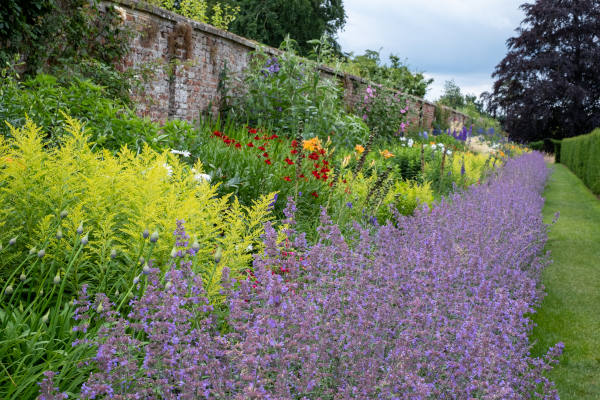How to grow Nepeta
This member of the mint family contains up to 250 species of deciduous perennials. It is cultivated for its aromatic, grey-green foliage, and spikes of flowers in either white, pink, or lavender-blue. Nepeta is highly valued by gardeners for its reliable nature and ability to thrive with the minimum of fuss.
It is also known by the common name of catmint.
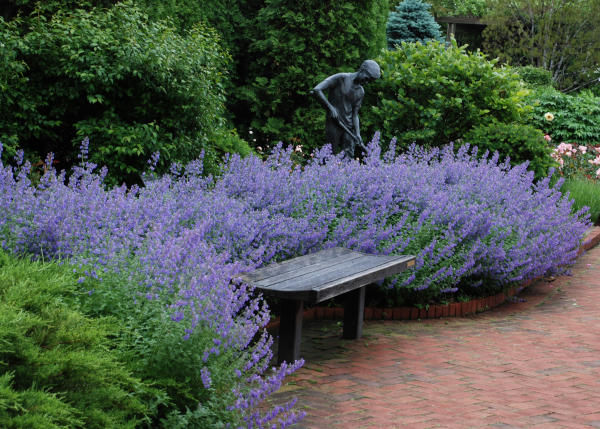
Zantedeschia is a genus of flowering plants from the family Araceae and is native to southern Africa. With a rich history dating back to the Ancient Romans, these deciduous or semi-evergreen perennials have been used as a symbol of celebration. Zantedeschia was Named after Professor Giovanni Zantedeschia, an Italian botanist.
There are two main forms of Zantedeschia: hardy and tender. Hardy forms of the plant can be grown outdoors, enjoy moist soil and full sun or partially shaded conditions - these are known as Arum lilies. Tender forms of Zantedeschia prefer being grown in containers or pots and should be brought inside over the winter - these are known as Calla lilies.
With tuberous flora in all colours from whites, yellows and oranges to deep reds and purples, Zantedeschias are not to be overlooked in any garden, as long as they have sufficient sunlight to grow in.
Ready to learn more about growing Zantedeschia? Read on for all there is to know...

Key Information
Soil pH
Position
Hardiness


Where & when to plant Nepeta
Position - Full sun to part shade
Soil - Well-drained
Flowering Period - Late spring to late summer
Hardiness - Hardy
For best results, plant in autumn or spring. An autumn planting can be done by those gardening in mild conditions (and broadly speaking, this is the southern half of the UK). For those liable to cold winters, it is best to wait until spring (generally the northern half of the UK). Planting can also be carried out in summer, though be prepared to water regularly.
While nepeta will tolerate partial shade, for maximum flowers and scent a spot in full sun is best. It is a plant which seems to thrive on neglect, performing best in lean, nutrient-poor soil. Many species have a lovely, sprawling habit ideal for spilling onto paths, over walls, and out of containers.
Avoid wet soil, particularly that which is prone to winter waterlogging.
How to plant Nepeta
- Clear the chosen area of weeds.
- Dig a planting hole several times larger than the root ball. If your soil is on the heavy side, now is the time to apply a generous amount of horticultural grit.
- Place the plant in the hole, ensuring the top of the root ball sits level with the surface of the soil. Too low and the plant may rot, too high and the roots can dry out.
- Backfill with soil and firm in gently.
- Soak well with water.
- Mulch around the base with well-rotted organic matter.
In a container
- Choose an appropriate container, ensuring there are plenty of drainage holes.
- It can be worth potting up large containers in situ to save yourself the trouble of moving once full.
- Use a good quality potting compost with plenty of horticultural grit mixed in, and, if not already present in the compost (check the description on the bag) some slow-release plant food.
- Start by partially filling the pot with compost; enough so that when placed on it the upper surface of the root ball is about 3cm lower than the top of the pot.
- Infill all the space surrounding the root ball with compost, firming down with your fingers then adding a little more so the plant is held tight.
- Pick up the pot (if you can!) and lightly tap on the potting bench or ground a few times to help further settle the compost around the plant.
- Soak well with water.
- A mulch with horticultural grit will look attractive and help to prevent a ‘cap’ or crust forming on the top of the compost (something container plants can suffer due to the artificial nature of their watering).
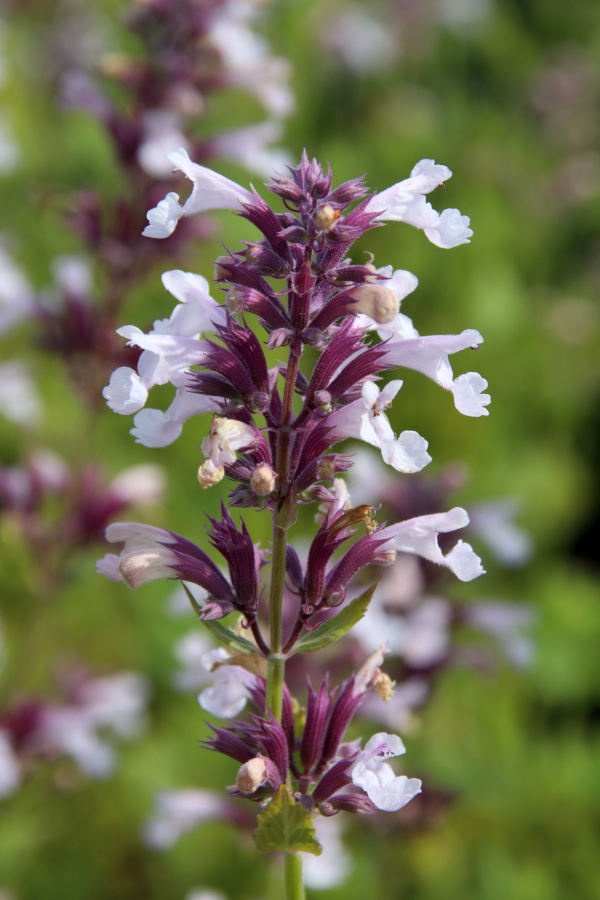
What to plant with Nepeta
For an attractive yet low-effort display, combine this cottage garden favourite with other easy, long-flowering classics such as gaura (now known as oenothera), geranium, erigeron, penstemon, and erysimum. Nepeta also makes excellent underplanting for roses.
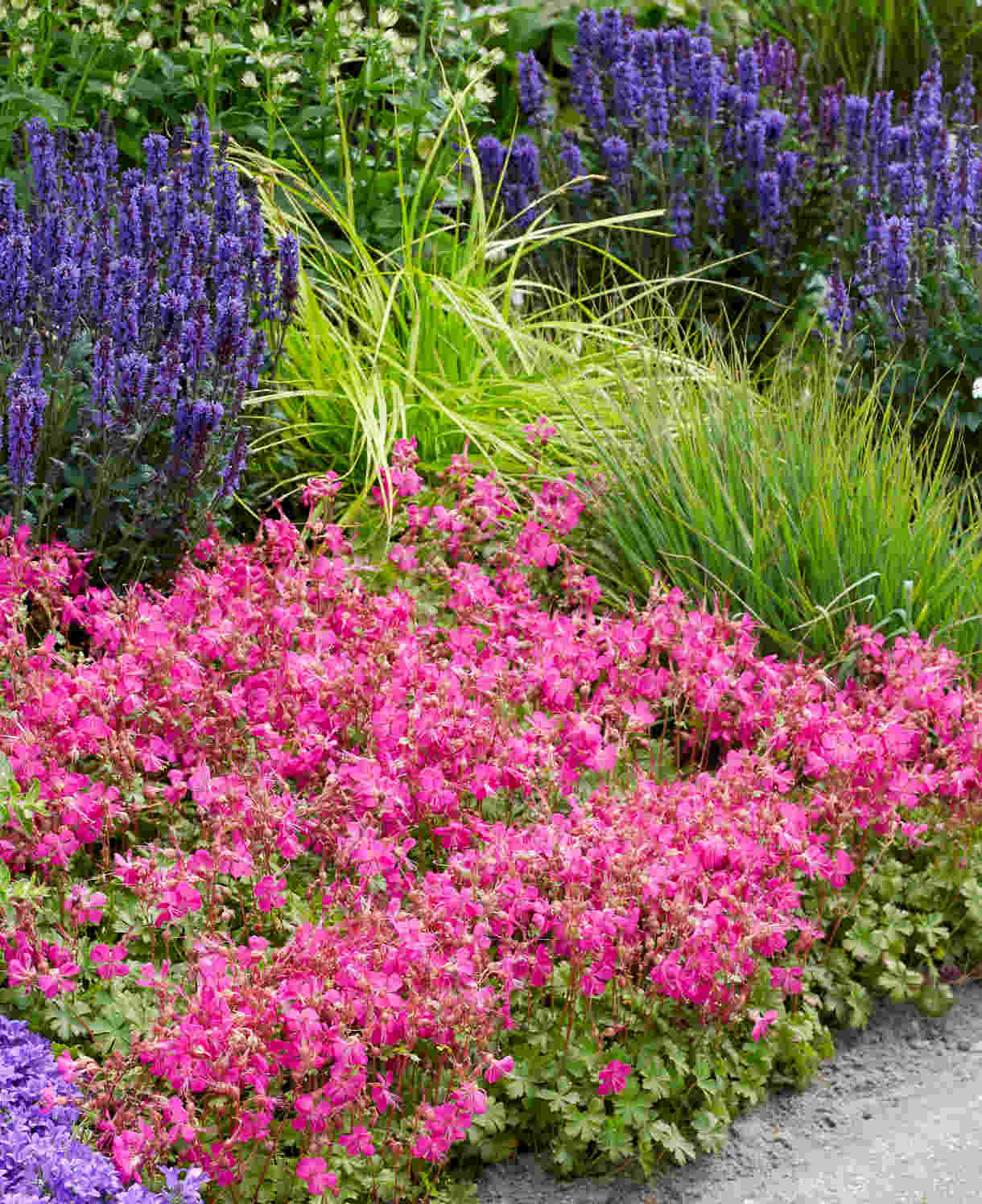
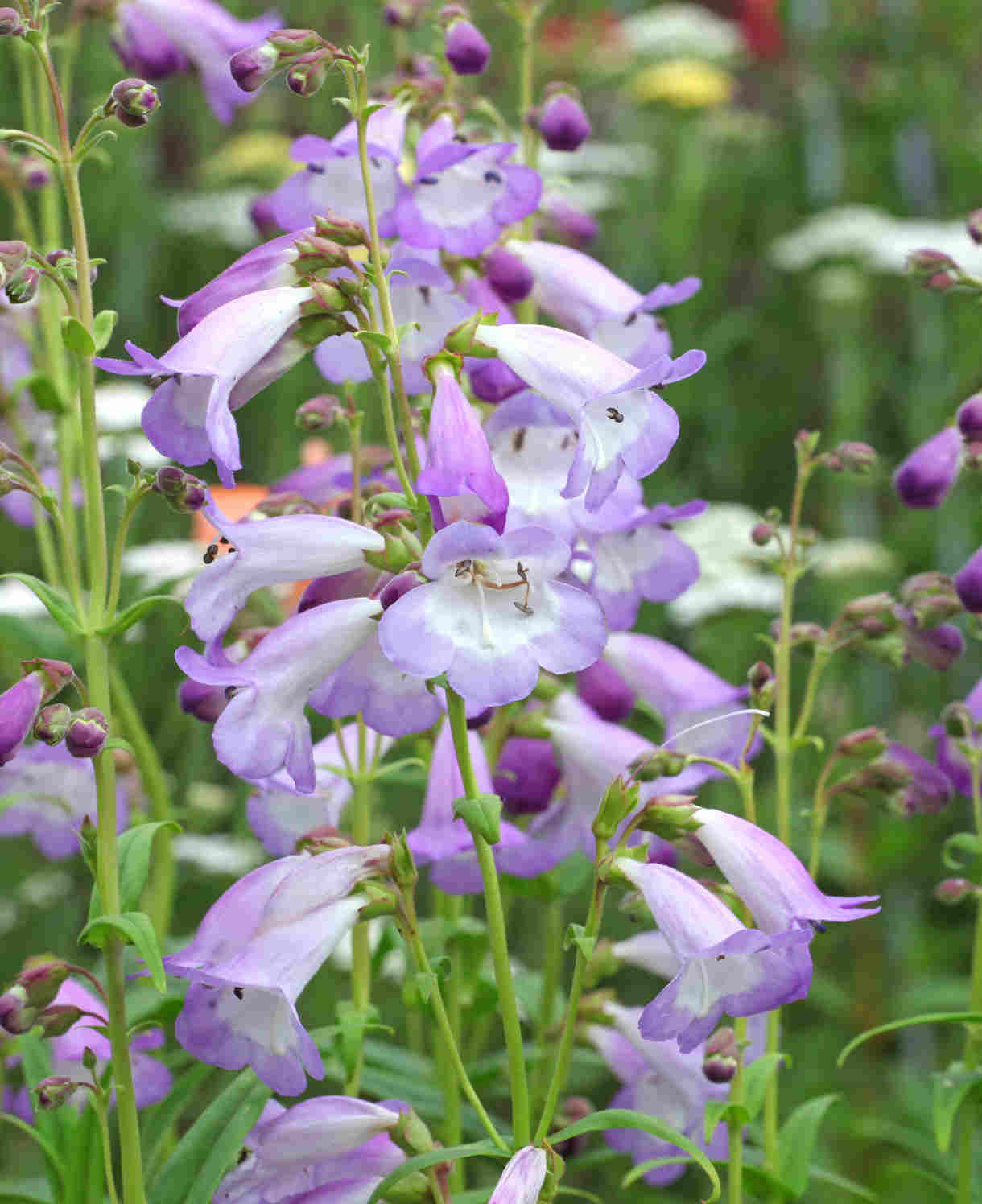

How to care for Nepeta
Pruning and Deadheading
Cutting plants down to ground level after flowering will result in fresh and tidy foliage, and in some species a second flush of flowers. Cutting back by half is an alternative approach for high profile spots where such drastic measures won’t do.
Cut back again in autumn or early spring.
Watering
Water regularly until established (usually for the first growing season), after which nepeta tends to be drought resistant.
Container-grown nepeta should be watered regularly throughout the growing season. Allow the top few centimetres of compost to dry out between soakings.
Cold Protection
Nepeta is hardy and able to withstand a UK winter outside without the need for additional protection.
Pests and Diseases
Nepeta tends to be problem-free aside from the potential for powdery mildew (a fungal disease). This appears as a white, powder-like coating on the foliage, and can be caused by poor air flow, drought stress, or insufficient sunlight.
Prune off and dispose of any affected leaves, keep plants well-watered (avoiding water on the foliage if possible), and if necessary, thin out surrounding plants to improve airflow. Do not over fertilise, as this will generate an excess of soft, new growth which is particularly susceptible.
How to propagate Nepeta
Established clumps of nepeta are best propagated by division in autumn or spring. As well as providing new plants, this also maintains the health and vigour of existing specimens.
- Choose a day when the soil is not frozen or waterlogged.
- Dig the plant out of the ground.
- Shake off any excess soil.
- Separate the plant into sections using either swift, cutting blows with a sharp spade, or two forks inserted back-to-back with tines touching, handles then pushed together to prise the plant apart.
- Discard old, damaged, or surplus pieces, keeping healthy, vigorous material.
- Replant selected pieces where desired.
- Water well until fully established.
Another option is to propagate by cuttings in spring, or in summer using the regrowth after the midseason chop.
- Find non-flowering shoots 5-10cm long and snip off the plant.
- Put them in a plastic bag straight away to prevent drying out.
- Fill a container with a compost mix which is at least 50% perlite (or if you prefer, as we do, 100% perlite).
- Remove the lowest third of leaves. If the remaining leaves are large, cut them in half (to reduce water lost through transpiration).
- Insert the cuttings into the compost and water lightly. Several cuttings can be put in the same container if there is enough space to do this without them touching.
- Place in a propagating unit with bottom heat if you have one or covered with a plastic bag on a windowsill if not (out of direct sunlight).
- Keep the cuttings misted and occasionally watered until they root. You will know this has happened when roots emerge out of the bottom of the container.
- Gently remove rooted cuttings and pot them into individual pots. Grow on in an unheated conservatory or greenhouse they are big enough to be planted out.
Common Nepeta questions
Does nepeta come back every year?
All our nepeta are perennials, which means they will die back for winter then regrow the following spring. The only real threat to their winter survival is waterlogged soil, so take care to plant in a well-draining spot.
How fast does nepeta grow?
Nepeta has a fast growth rate, and can have dense, new, sometimes flowering growth within weeks of being completely cut back midseason.
Is catmint an invasive plant?
Though nepeta can have a vigorous growth habit and quickly form large, sprawling clumps, it tends not to spread beyond this and is generally not considered to be invasive.
